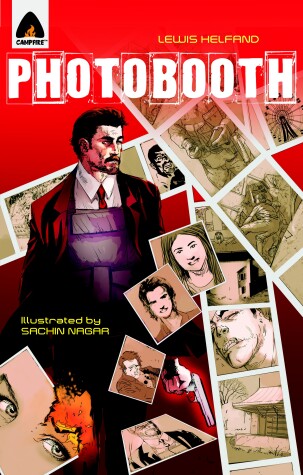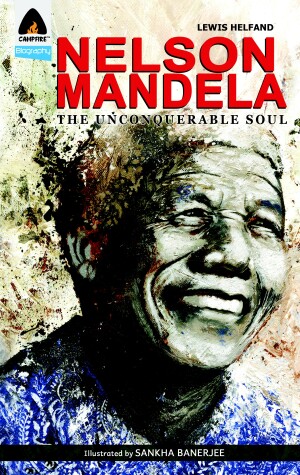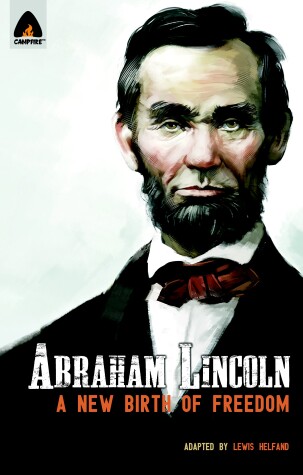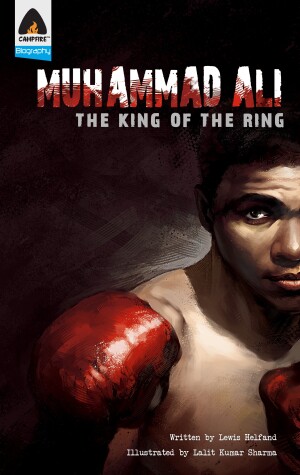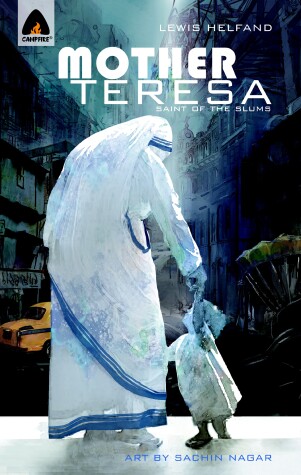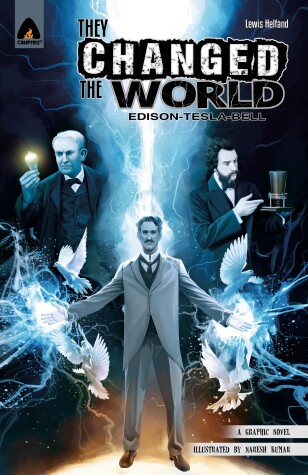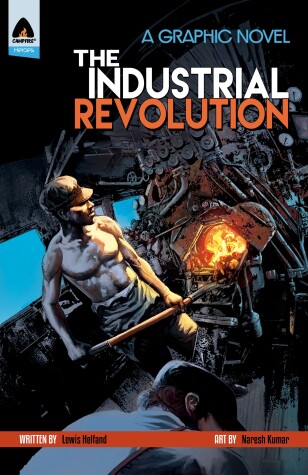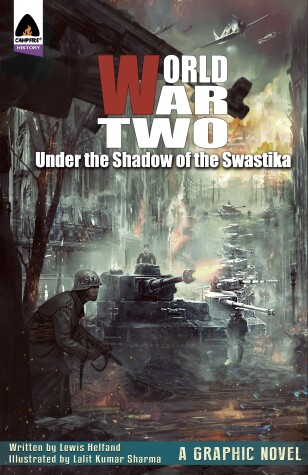Campfire Graphic Novels
1 primary work • 11 total works
Book 3
A new deadly drug is about to flood the streets of New York City. The police have no leads on who is producing the drug, or where it is coming from. As far...Read more
A new deadly drug is about to flood the streets of New York City. The police have no leads on who is producing the drug, or where it is coming from. As far as Praveer Rajani, a reckless Interpol agent, is concerned the only way to prevent countless deaths lies in a handful of mysterious photographs.
Within the photographs, Praveer can see images of places he has never known, and people he has long forgotten. But what are the photographs leading him to? Is Praveer being told that his life is spiraling out of control, and he now has one chance to put things right?
Or are the photographs related to a murder that Praveer is desperate to solve? Perhaps they are showing the love that his brother, Jayendra, let slip away or even the family that his sister, Nisha, wants back?
The mystery will finally be solved in this exciting romantic thriller from Campfire.
Conquering Everest: The Lives of Edmund Hillary and Tenzing Norgay
by Lewis Helfand
And Everest was the ultimate adventure. The mountain's peak is the highest point on Earth, stretching beyond the clouds. So dangerous and challenging, Everest had never been successfully climbed and many had died trying. In 1953, Tenzing Norgay and Edmund Hillary joined a team of explorers determined to reach its top.
Alone at the top of the world with their oxygen running low, they faced brutal elements and new dangers at every turn. And they were armed with little more than their courage, determination, and a belief in each other. But would that be enough to achieve the impossible, what no man had done before?
Nelson Mandela had very simple dreams as a young man growing up in a small South African village; he dreamed of being free to choose his own path in life. But being a black man in South Africa, even the simple dream of freedom could never become a reality.
South...
Nelson Mandela had very simple dreams as a young man growing up in a small South African village; he dreamed of being free to choose his own path in life. But being a black man in South Africa, even the simple dream of freedom could never become a reality.
South Africa was a nation ruled by an oppressive and discriminatory set of laws known as apartheid. Black men and women could not have certain jobs or live in certain neighborhoods, or even walk down the street without being arrested or assaulted by the brutal police force. South Africans desperately needed their freedom and Nelson Mandela answered the call. He took the lead in the fight for the equality of all races, and the government of South Africa responded to his pleas for justice by trying to crush him.
Nelson Mandela was stripped of his rights, and sent to the harshest prison in all of South Africa to die. But his spirit could not be broken. From his tiny prison cell, Mandela managed to rally the entire world. During this fight for justice, he taught even his oppressors the value of tolerance and compassion. He brought freedom to an entire nation and set a shining example to the rest of the world.
Albanian-born, Mother Teresa knew from a young age that she wanted to become a nun and devote her life to God. What she could not envision, however, was exactly where that service to God would take her. Sent to Calcutta to teach history and geography from within the safe confines of a convent, Mother Teresa could not ignore the plight of the homeless and the dying. So she chose to give up everything in her life to serve those most in need.
With nothing but her faith to guide her, she took to the slums with the hope that she could make a difference in the lives of at least a few lost souls. And with her pure heart and beautiful spirit, she wound up touching millions.
Lexile Reading Level 800L.
They Changed the World: Crick & Watson - The Discovery of DNA
by Naresh Kumar and Lewis Helfand
Find out how Crick and Watson beat their rivals to unlock the secrets of life itself as they unravelled the mystery behind DNA and changed not only science but the world we live in.
World War Two: Under the Shadow of the Swastika
by Lewis Helfand and Lalit Kumar Sharma
In the 1930s, a great evil was rising in the heart of Europe, a threat unlike any seen before. German leader Adolf Hitler, a madman bent on world domination, was raising an army and growing more violent by the day. The world knew that Hitler had to be stopped. But fearing a war, this growing threat of Hitler's Nazi army was left unchecked. The world simply watched as Germany sank into darkness. The world merely prayed that war would not breach their borders. The world waited. And they waited too long.
As cities fell to ruin and millions were slaughtered, the growing darkness of Hitler and his Nazi empire branched out far beyond Europe—to Asia and Africa and America—and soon threatened to claim the entire world. France, England, Russia, the United States… no single nation had the strength to combat this darkness, at least not on their own.
With the fate of the world hanging in the balance, the one final, desperate hope was that all of these nations united together might muster the strength to save humanity.
